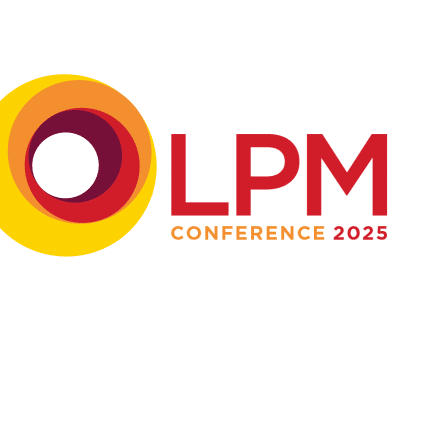
The ultimate guide for delivering e-bundles
Lisa Walsh, head of marketing at Bundledocs, highlights some things to keep in mind following an update in guidance around delivery of e-bundles to court.
In addition to the creation of e-bundles, delivery has become a major part in the overall bundling process. With the time that you will spend preparing your bundles for court, what is the use if you cannot share it with your fellow colleagues, clients or the courts?
For UK-based legal professionals, the judiciary recently released updated guidance on the delivery of e-bundles to court. However, we would recommend that you contact the relevant courts directly to confirm the type of delivery they will accept. It is important to select a method that will allow you to share your e-bundle with the recipient in a way that will not lead to critical time being lost. We have outlined the below to give some insight into what delivery options are available to you.
Share large e-bundles securely
When it comes to the details contained within e-bundles, maintaining confidentiality is key. Cybersecurity and subsequent breaches are still a threat for law firms. In a study conducted by the Solicitors Regulation Authority (SRA), they found that three quarters of the firms they visited had reportedly been the target of a cyberattack. Secure share options allow you to send e-bundles to the court regardless of their size – this is a great option for those who would have extensive e-bundles prepared for court. To ensure that information within your e-bundles remains secure, there are some key functions to look out for when selecting a medium to transfer your files. Look for a solution that has been ISO certified – this certification follows a set of standards that helps organisations to meet the needs of their customers.
Choosing an ISO certified solution ensures that your data is secure and will not be compromised during transfer. Another function to look out for is the ability to share via an encrypted hyperlink, this option safeguards data and ensures that only the intended recipient has access to the e-bundle. In some cases, courts may not be happy to receive files via a third party so make sure to check in before sending.
Deliver via email
In some cases, the size of your e-bundle may be suitable to share with the courts via email. One downside to this option is that the information within the e-bundle will not be protected by encryption, and you will not be aware of how many individuals may have access to the e-bundle as you cannot track each time it is downloaded. As the intended recipient will be familiar with your email address, this may be a suitable option for sharing e-bundles with the courts, although in terms of safety it may not be the best option available.
Upload directly
When preparing e-bundles for court, the ability to directly upload your e-bundles ensures that your bundle goes directly to the intended recipient. The provision of such a resource by the courts also saves time for your firm as you do not need to look for emails of individuals to share the bundle with.
This option is also suitable when an email is too large to be sent via email. Although the courts may have shared their process for uploading document to their portal with you, it would be advisable to contact the courts directly and confirm how they will accept bundles using this method.




